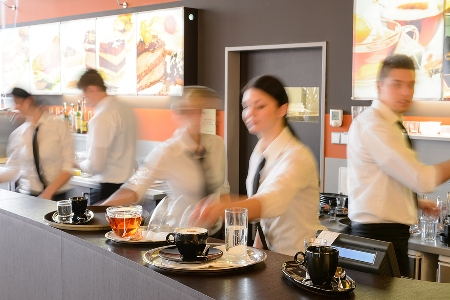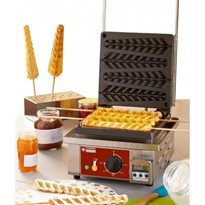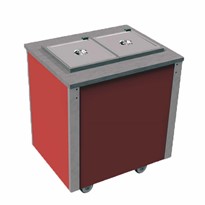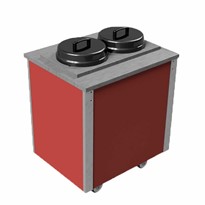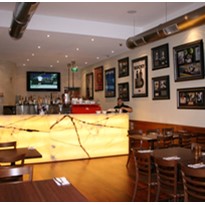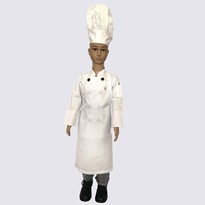Fantastic, on-trend food is one thing that keeps customers coming back, but what about how you serve your food? How are you reviewing and perfecting your customer service? Are you utilising technology to offer a better, cost effective way to order, deliver and pay for meals? And are you keeping up with the needs of the growing number of Gen X diners?
The big picture
In January 2014, 65 per cent of the entire Australian population used a smartphone and of this, a massive 90 per cent of smartphone users searched for local business information via their phone. With restaurant and foodservice searches taking up the majority of local business searches on smartphones (24 per cent), the statistics paint a not so pretty picture for the majority of foodservice outlets.
In fact, only one in five Australian websites are mobile optimised (meaning the website adapts to smartphones making it easy to navigate, read and use). With a potential reach of 13,023,563 people, making your business site mobile friendly should become your number one New Year business resolution.*
Old VS new: foodservice survival guide
How do potential customers find you?
Old: Pamphlet/ menu drops, radio advertising, local newspaper ads.
New: Not only having a website, but ensuring it is mobile optimised is one sure-fire way of knowing potential customers will be able to find you. But getting online reviews on places like Urbanspoon, Yelp and Facebook are as important, if not more. According to Keep It Local Project, 74 per cent of internet users read online reviews before making dining decisions. Word of mouth is great, word of keyboard is even better.
How do customers pay for their meal?

Old: Cash only, $10 minimum, no split bills.
New: 15 years ago, 90 per cent of payments at restaurants were made with cash – today more than 90 per cent of customers pay with card, meaning a complete transition in customer payment behaviour in just over a decade. But with the rate of smartphone usage exploding in just three years, mobile payment is set to be the next big thing.
Don't fight it - embrace these changes! Mobile payment services are quick and convenient for the customer and staff, plus it will allow you to collect data on buying decisions, allowing you to improve your menu, based on measurable, definitive data.
How do you cook your food?
Old: Full commercial kitchen, large space
New: Let me say this first, if you have the space, there is nothing wrong with a full commercial kitchen (it's fantastic!). But for many operators, this type of kitchen takes tables off the floor and money from your bottom line – in fact, according to Restaurant and Catering Australia, 53 per cent of operators saw a decreased profit over the last three years.
Save time, money and labour by investing in smart, multifunctional equipment. The Menumaster MXP cooks oven quality food in the same time as a microwave, and can be located front of house, operated by wait staff yet still providing perfectly cooked, deliciously crisp pies, focaccias, pizzas and more.
For back of house, you can't go past FRIMA's VarioCooking Mulitefficiency Center, which boils, fries and deep fries up to four times as fast, using 40 per cent less energy and up to 90 per cent less oil. It's a cook top, deep fryer, bratt pan, kettle and pasta cooker all in one unit – need I say more?
How do you store your food?
Old: Plastic ice cream tubs, cheap shelving, lots of waste.
New: Reducing food costs can be as simple as ensuring food is stored safely to extend shelf life and avoid spoilage. Vacuum sealing food using Pure Vac extends a product's shelf life whilst maintaining quality. For food storage and shelving, Cambro has an extensive range of HAACP compliant products that store food safely and reduce food wastage.
Less waste means less money spent on replenishing food. And remember, should there be any surplus prepared food, food rescue charities like OzHarvest will distribute it to those in need to avoid prepared food going to waste.
*Statistics taken from We Are Social: Global Digital Statistics 2014


